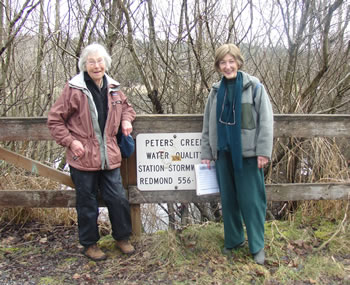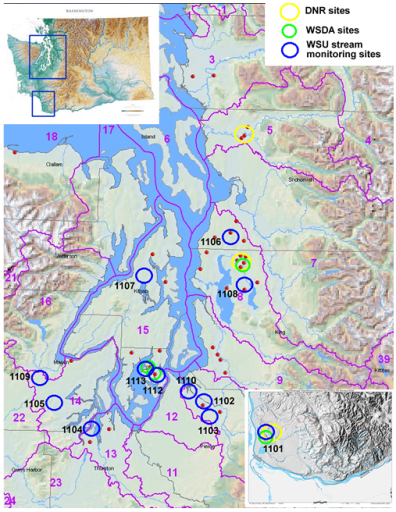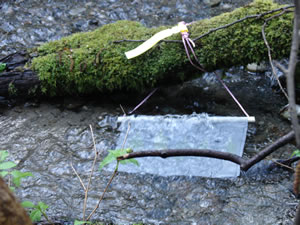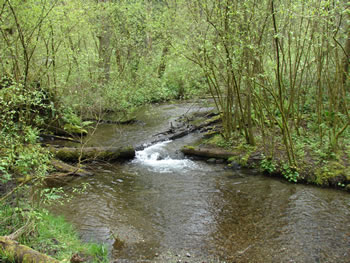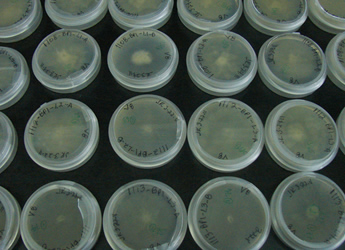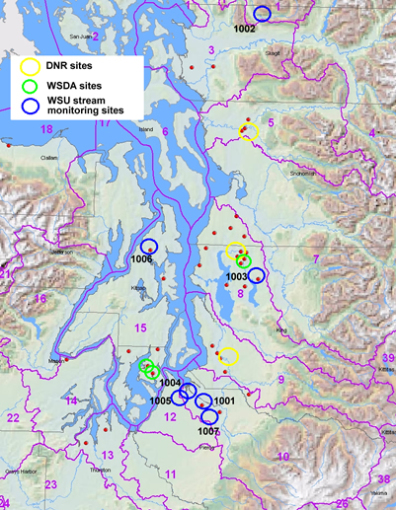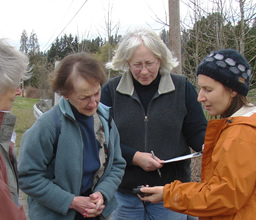2011 Stream Monitoring Results
gary.maguire2011 Stream Monitoring Results
This project provided baseline information about oomycetes in western Washington streams. Some very common species that were ubiquitous in all streams in large numbers were identified, as well as some more rare species only found in certain streams. Several putative new species were also detected. The table below shows the locations of western Washington streams monitored in this study. Simpson’s diversity index (D) was calculated for each site based on the number of isolates and species of oomycetes detected. Values close to 0 indicate higher species diversity.
| Stream ID | Name | County | Land use | Total number of isolates | Total number of species | Simpson’s diversity index (D) |
| 1101 | Packard Creek* | Clark | Agriculture/residential |
25 |
11 |
0.1333 |
| 1102 | Clarks Creek | Pierce | Agriculture |
9 |
6 |
0.1111 |
| 1103 | Clarks Creek | Pierce | Fish hatchery, residential |
15 |
8 |
0.2095 |
| 1104 | Woodard Bay | Thurston | Conservation area, brackish |
29 |
5 |
0.6823 |
| 1105 | Goldsborough Creek | Mason | Forest/residential |
31 |
7 |
0.428 |
| 1106 | North Creek | Snohomish | Suburban/residential |
22 |
9 |
0.0996 |
| 1107 | Clear Creek | Kitsap | Urban/commercial |
20 |
8 |
0.1526 |
| 1108 | Peters Creek | King | Urban/commercial |
22 |
6 |
0.2035 |
| 1109 | Vance Creek | Mason | Undisturbed forest |
25 |
4 |
0.3833 |
| 1110 | Thea Foss Waterway | Pierce | Formerly industrial, heavily polluted, brackish |
39 |
3 |
0.5196 |
| 1112 | Wollochet Creek* | Pierce | Suburban/residential, ditch adjacent to former nursery site |
23 |
5 |
0.332 |
| 1113 | Rosedale Creek* | Pierce | Suburban/residential |
16 |
8 |
0.1417 |
* Known to contain Phytophthora ramorum from WSDA or DNR baiting
